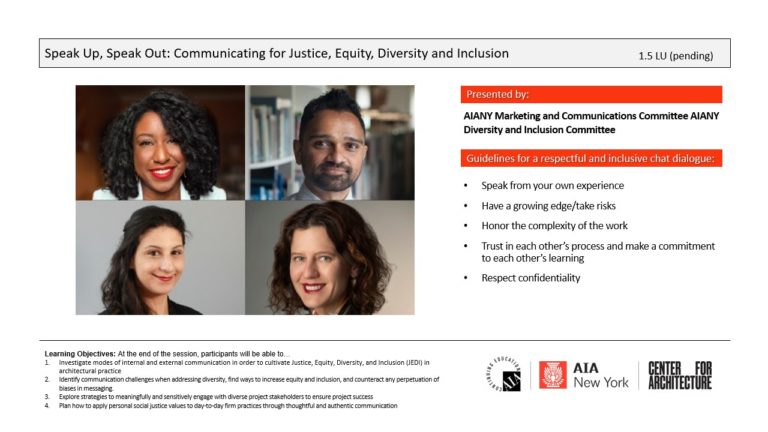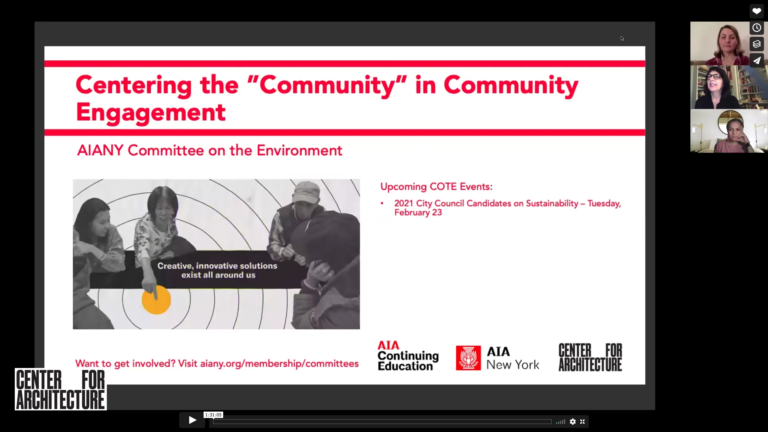In 2020, pivotal national and global events brought about increased awareness of the notion of safety on our streets. Beyond the months of public health measures that required social distancing, we also experienced a public space paradigm shift as a result of the anti-racist movements demonstrating on our city streets. Within the design community and beyond, discussions about perceptions of safety and questions of who is kept safe in public, and by what means their safety is maintained, were resoundingly ignited.
While cities adapted quickly to the pandemic with ’slow’ and ‘open’ streets, pop-up bike lanes, and temporary parklet structures, these “exciting” new interventions can experienced differently—especially by marginalized, vulnerable, or minority people, including seniors, people with disabilities, and BIPOC communities—sometimes as obstacles to access of the public right-of-way or as foreign, or imposed, elements and cultures, especially if there has been an absence of community involvement during implementation.
As cities prepare for long-term recovery, any course of action under consideration by the design community should begin by assessing lessons learned and best practices. Revisiting the principles of Universal Design could point the way to desirable and just outcomes anchored in inclusion, accessibility, and process-based accountability.
This panel will present best practices and promising trends to advance goals of multi-modal, safe streets, sidewalks and curbside social spaces through designs that afford equity and dignity.
Renia Ehrenfeucht, Author, Sidewalks Conflict and Negotiation over Public Space
Aimi Hamraie, Author, Building Access: Universal Design and the Politics of Disability
Jessica Murray, PhD, CUNY, Chair, NYCT Advisory Committee for Transit Accessibility
Ariel Ward, Transportation Engineer, Planner, and Designer, San Francisco Municipal Transportation Agency (SFMTA)
Moderator:
Claire Weisz, FAIA, Principal-in-Charge, WXY Architecture + Urban Design


